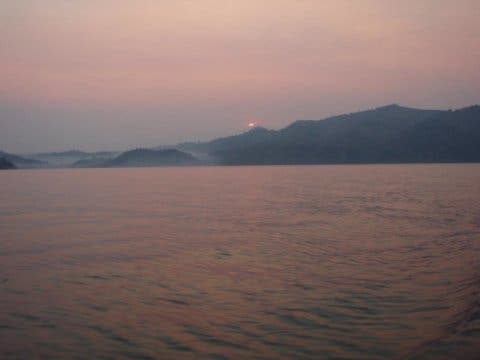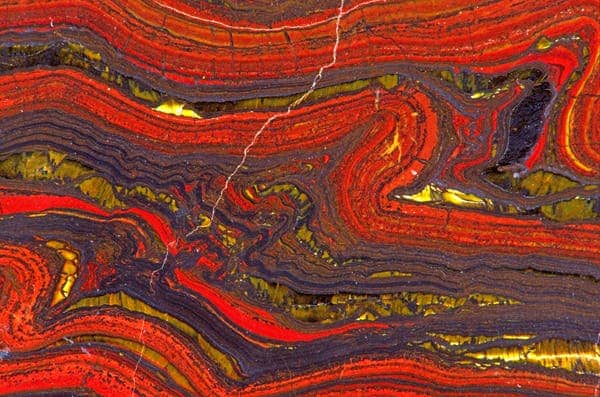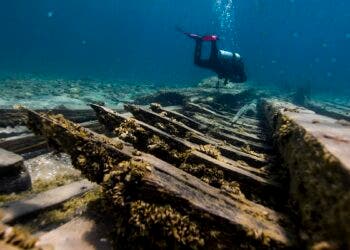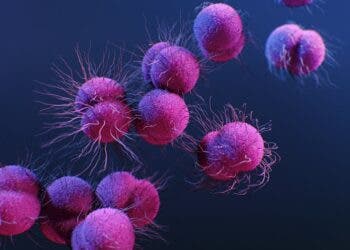An isolated bay in the heart of East Africa offers scientists a glimpse into early Earth’s iron-rich marine environment, and lends weight to the theory that microbial activity created some of the largest iron ore deposits billions of years ago.
“Kabuno Bay is a time machine back to Earth’s early history when iron-rich ocean chemistry prevailed,” said Marc Llirós of the University of Namur, first author of the paper.

Image via sicencedaily
The results from recent University of British Columbia (UBC) research, published this week in the journal Scientific Reports, shows how nearly 30 percent of the microbes in the Kabuno Bay area feed via a surprising process. They rely on oxidizing iron in the water for photosynthesis rather than the more wide-spread water-to-oxygen process we’re used to seeing in plants and algae.
The bay is giving us real-world insight into how ancient varieties of photosynthesis may have supported Earth’s early life prior to the evolution of the oxygen producing photosynthesis that supports life today,” said UBC geomicrobiologist Sean Crowe, senior author of the study.
Bacteria that “dine” on iron aren’t news: they were discovered since 1993; the new study however is the first to provide evidence of how these microorganisms could have played the central role in depositing our planet’s oldest iron formations.
Our planet 2.3 billion years ago was a very different place. The atmosphere was nearly bereft of oxygen and the organisms of the time (mainly bacteria) relied on other chemical processes to produce the energy they required. Scientists have suspected for a while now that due to the high content of dissolved iron in Earth’s waters at the time, iron-metabolizing microbes would have had enough food to become one of the dominant forms of life during that period. The iron they used was in turn concentrated into minerals, that settled and consolidated along the ocean floor. The sheer amount of microbes would permit very large deposits to form over time.
However, there was no evidence to back up their theory — that is, until now. The UBC study of the Kabuno Bay area found that microbes metabolize iron and grow at rates high enough to suggest that their ancient equivalents were capable of forming even the largest of today’s sedimentary iron ore deposits, known as banded iron formations.

Image via pbase
By oxidizing iron, these microorganisms likely helped shape the chemistry of Earth over billions of years and forged the link leading to the evolution of more complex life such as plants and animals.






